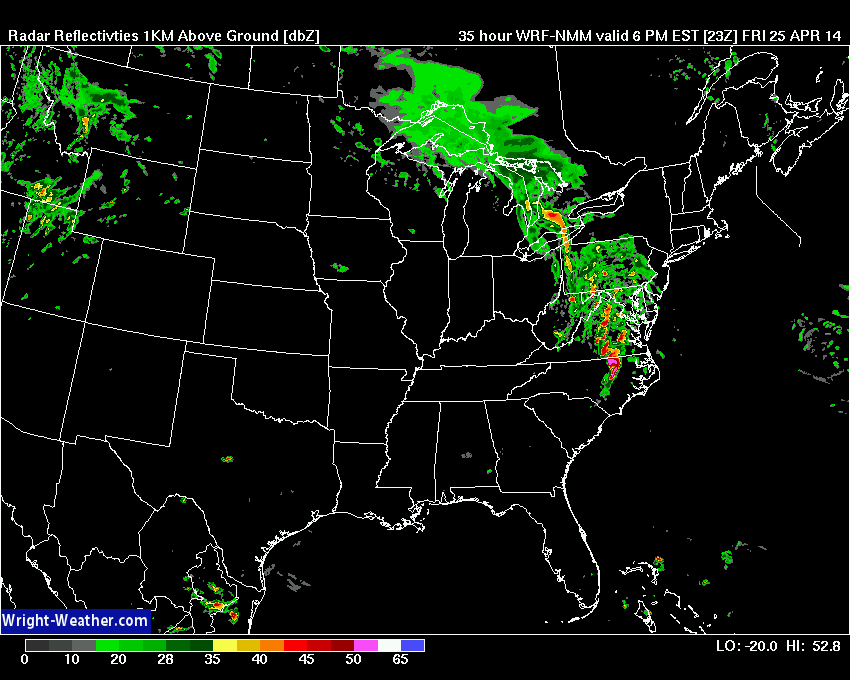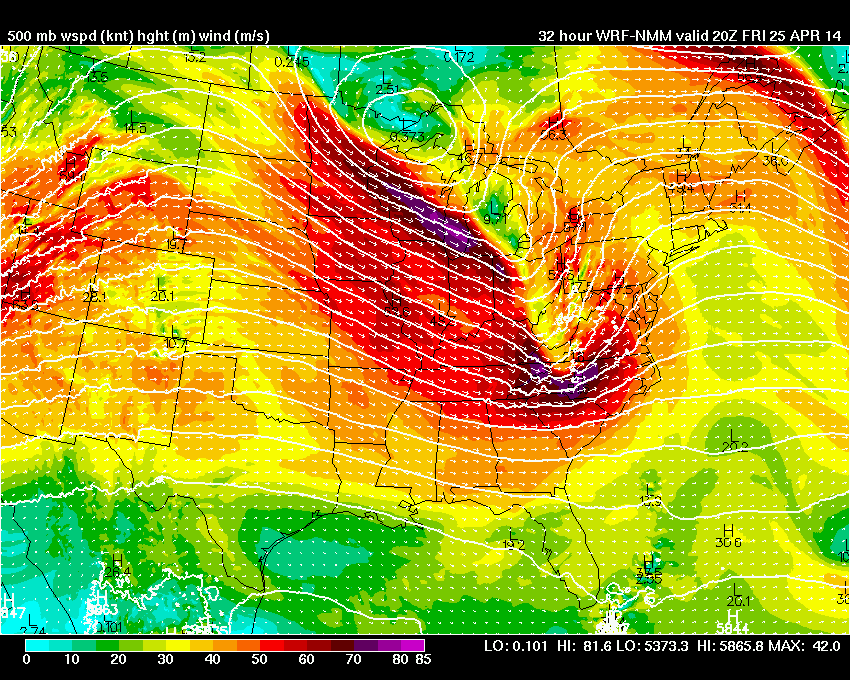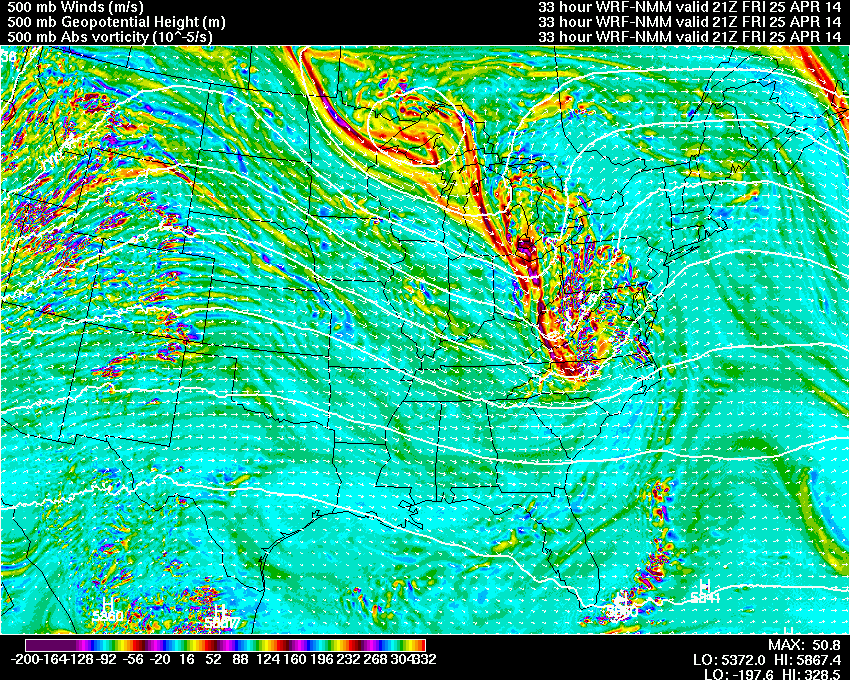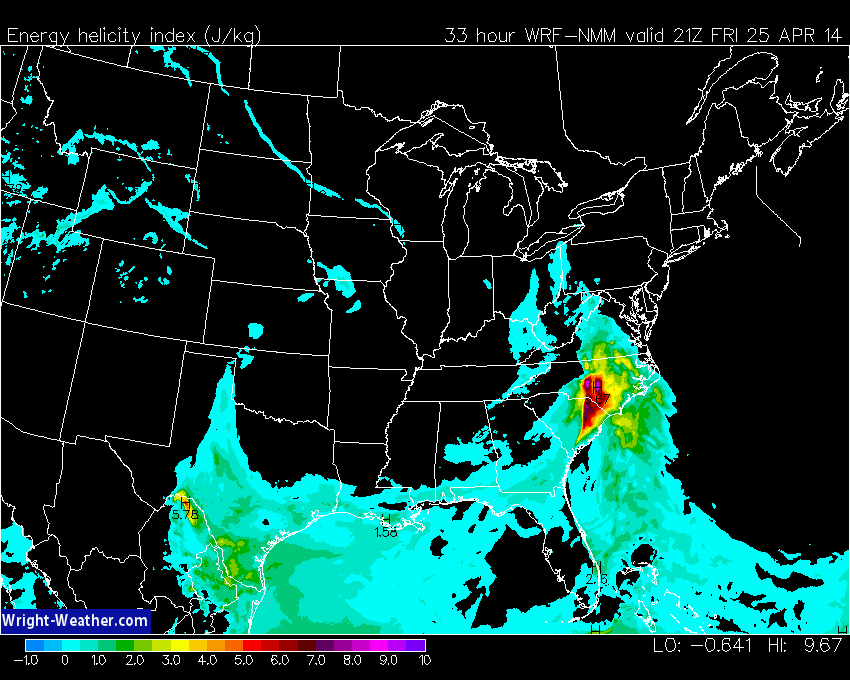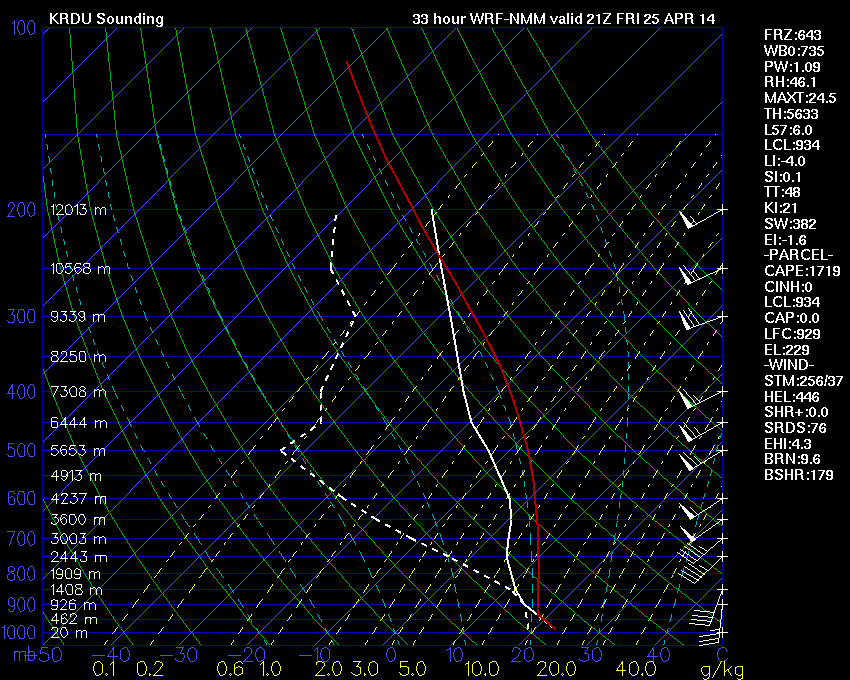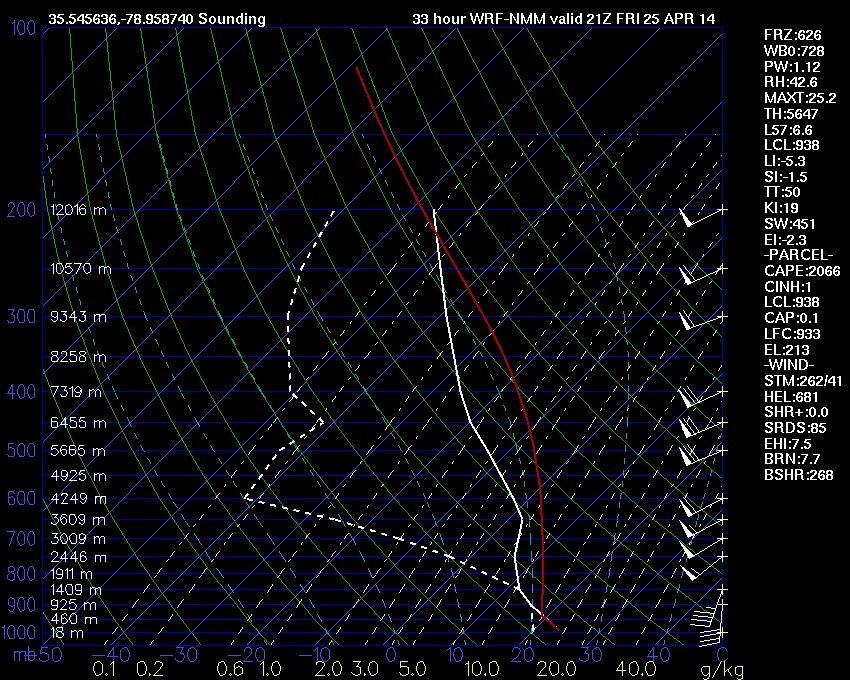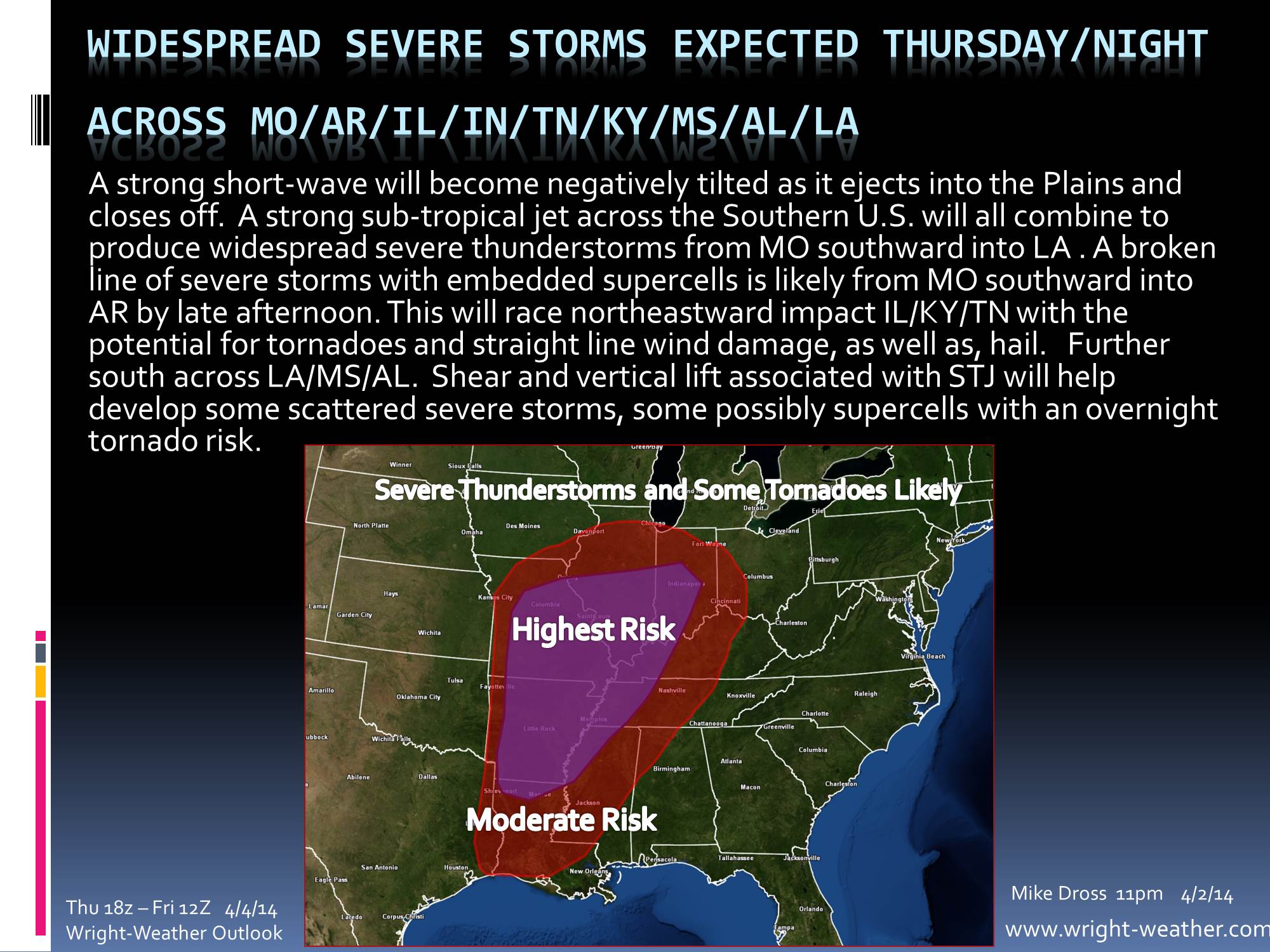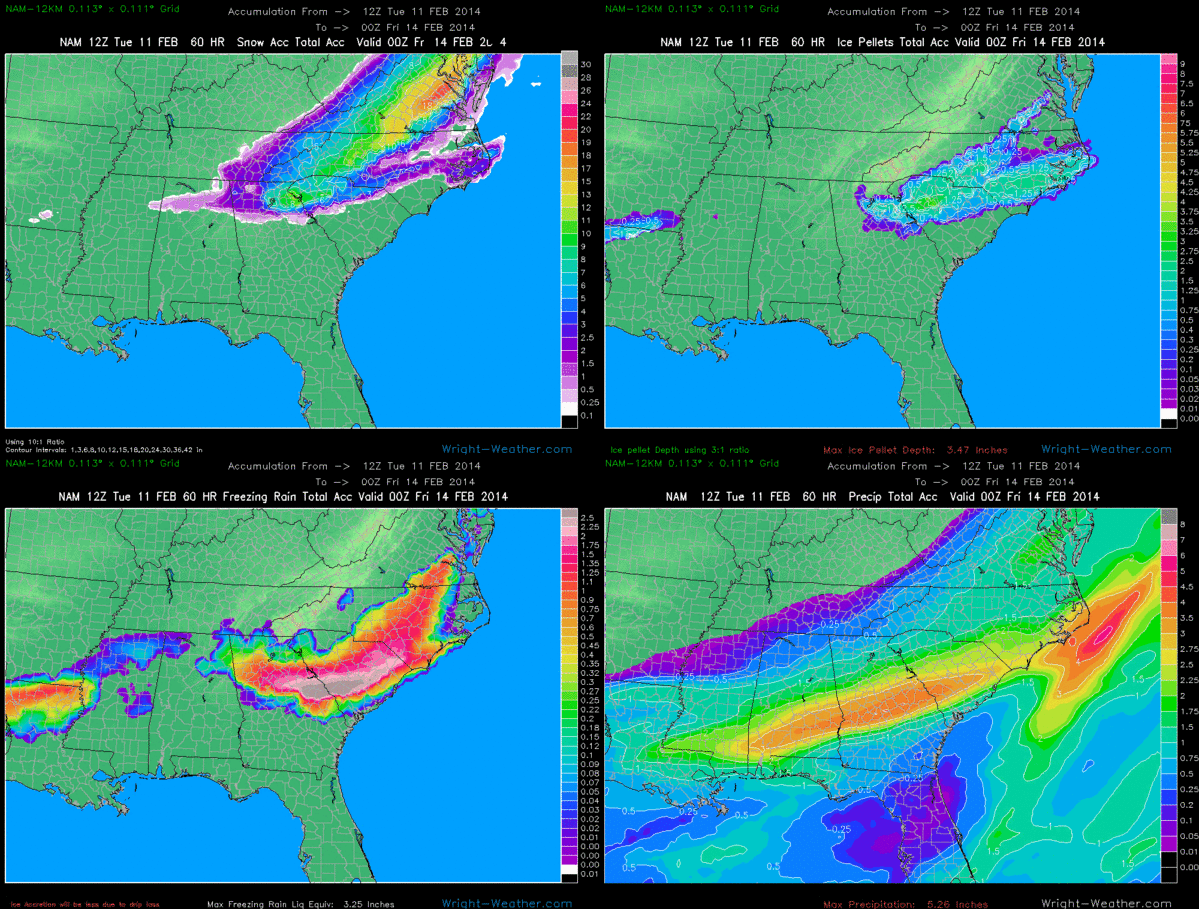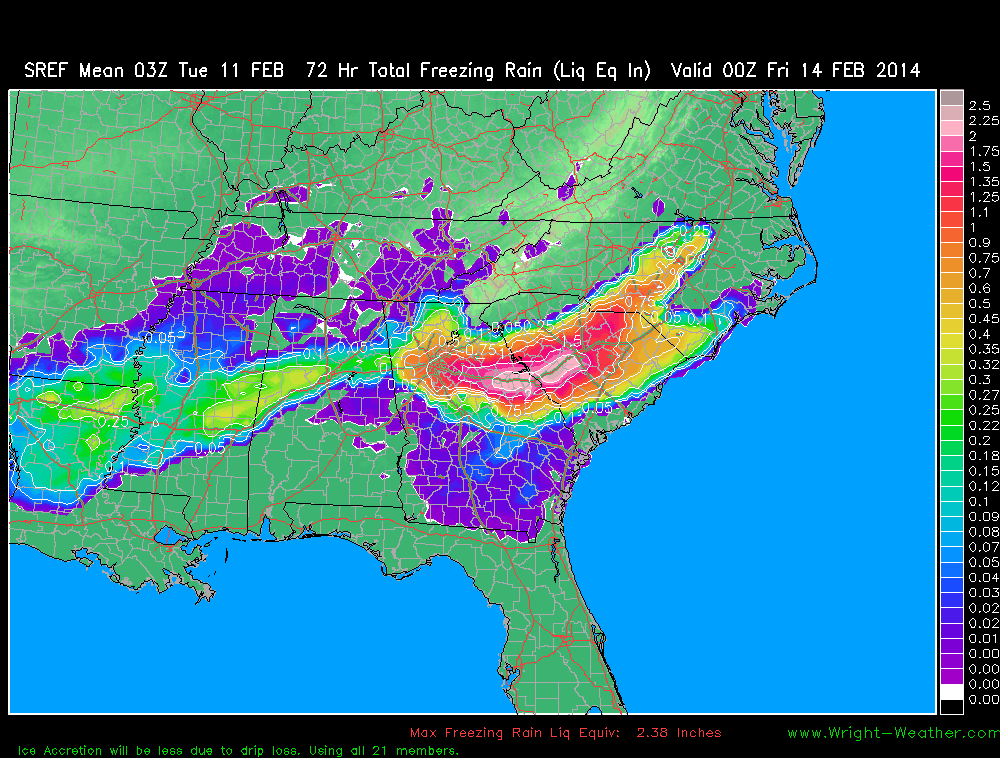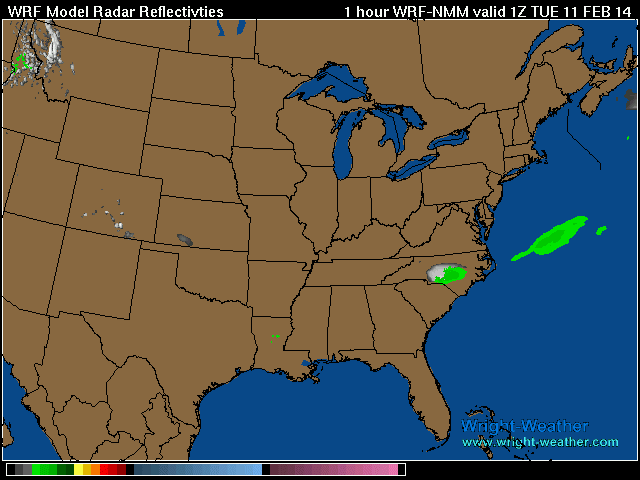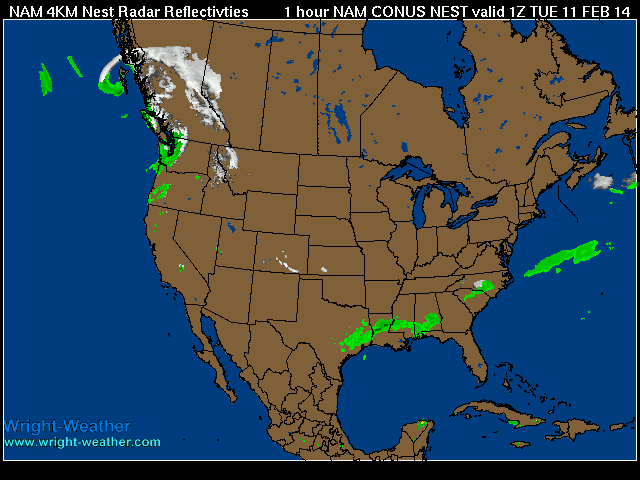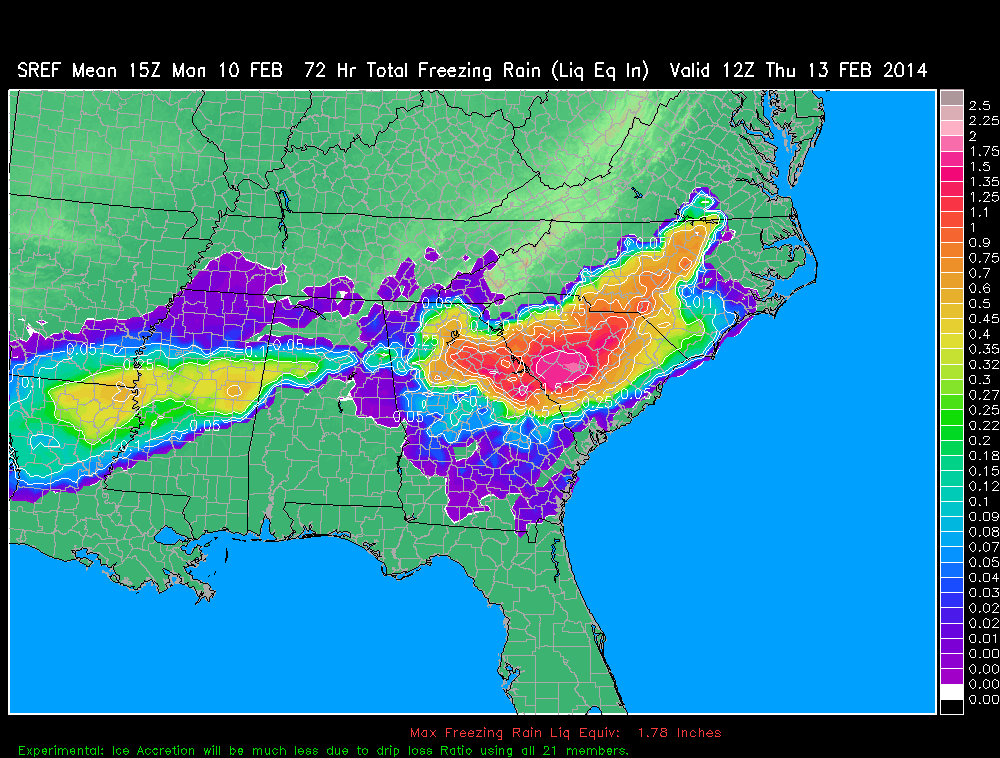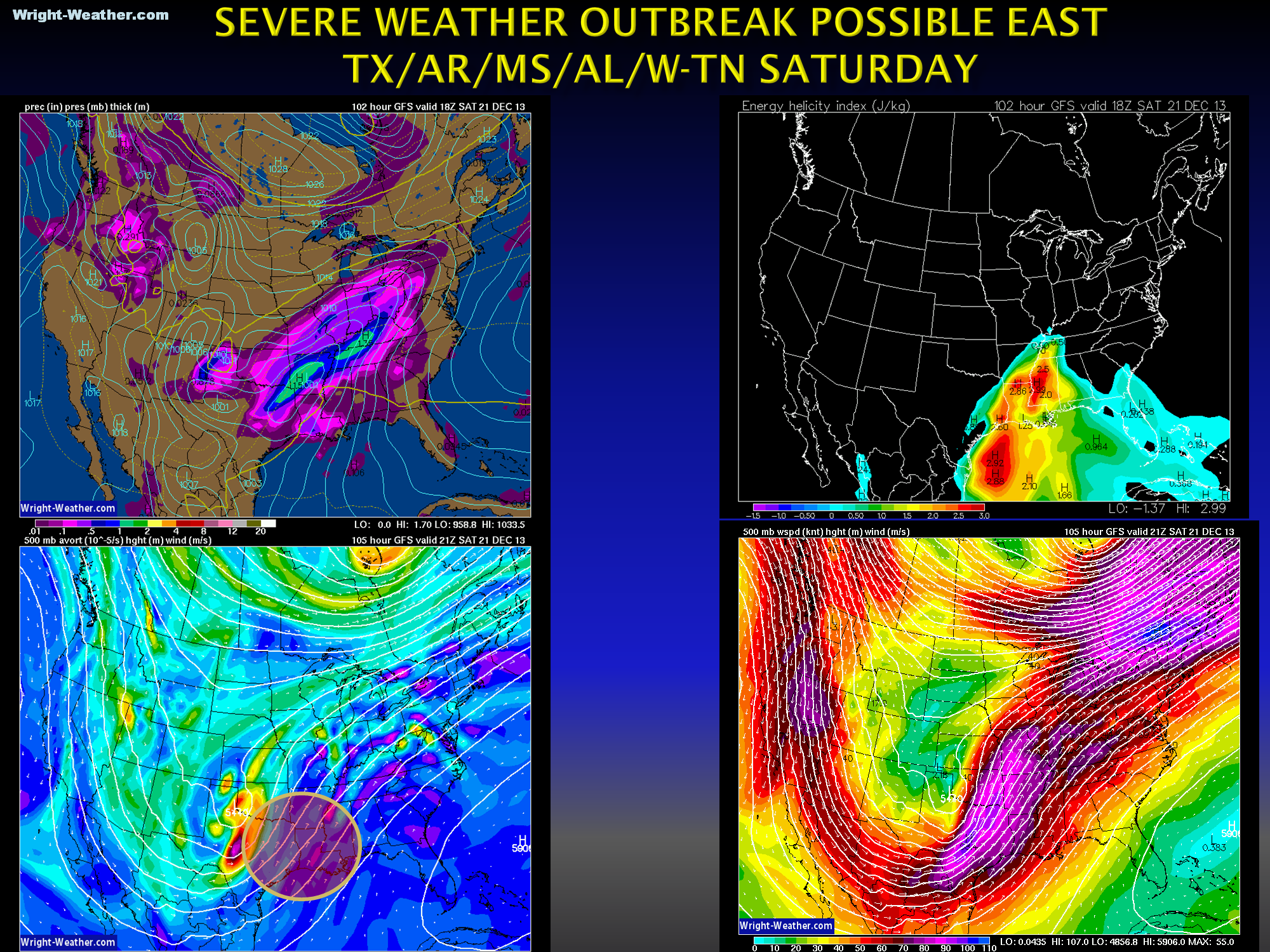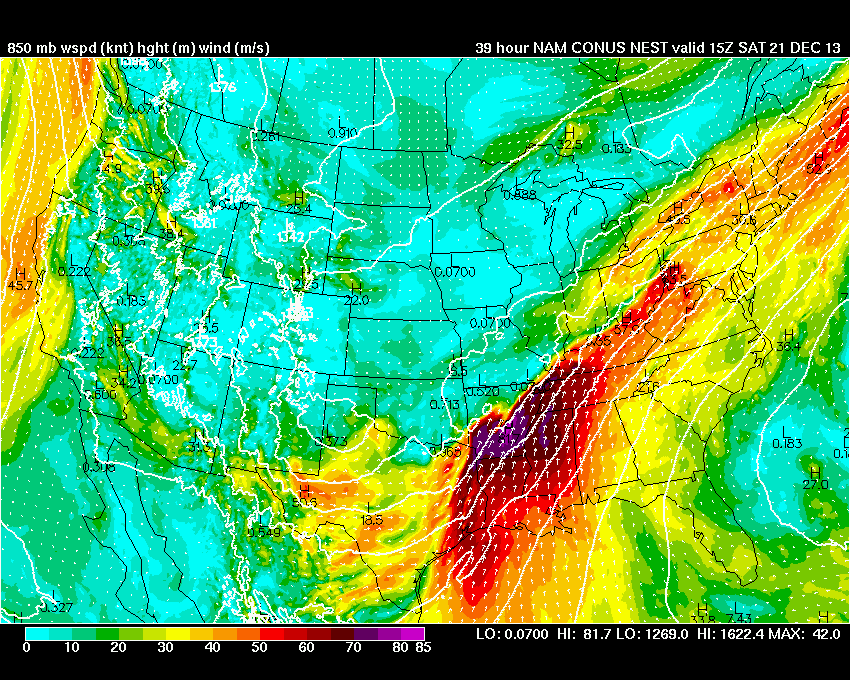Added the ECMWF 500mb winds to the ECMWF regular resolution graphics. These can be useful in projecting the mid-level winds that can aid in organized severe thunderstorm development. These can be found in the drop down menu, as well as, the individual time frames. These are available for the Northern Hemisphere at the moment, but will include all sectors soon.
-
Recent Posts
Recent Comments
- Chris Suchan on Major GFS Upgrade 1/14/15
- Chris on Major Winter Storm To Impact Southeast Then East Coast.
- chris on Major Winter Storm To Impact Southeast Then East Coast.
- Mike Dross on Updated: Ice Storm Increasingly Possible for Western/Central NC/VA Friday/Saturday
- Michael mefford on Updated: Ice Storm Increasingly Possible for Western/Central NC/VA Friday/Saturday
Archives
- February 2022
- January 2022
- April 2021
- March 2021
- January 2021
- October 2020
- September 2020
- May 2020
- October 2019
- June 2019
- April 2019
- February 2019
- December 2018
- August 2018
- December 2017
- August 2017
- July 2017
- March 2017
- January 2017
- December 2016
- November 2016
- October 2016
- September 2016
- August 2016
- June 2016
- May 2016
- March 2016
- February 2016
- December 2015
- November 2015
- September 2015
- April 2015
- February 2015
- January 2015
- December 2014
- October 2014
- July 2014
- June 2014
- May 2014
- April 2014
- February 2014
- January 2014
- December 2013
- November 2013
- June 2013
- May 2013
- February 2013
- October 2012
- June 2012
- May 2012
- April 2012
- March 2012
- February 2012
Categories
Meta



